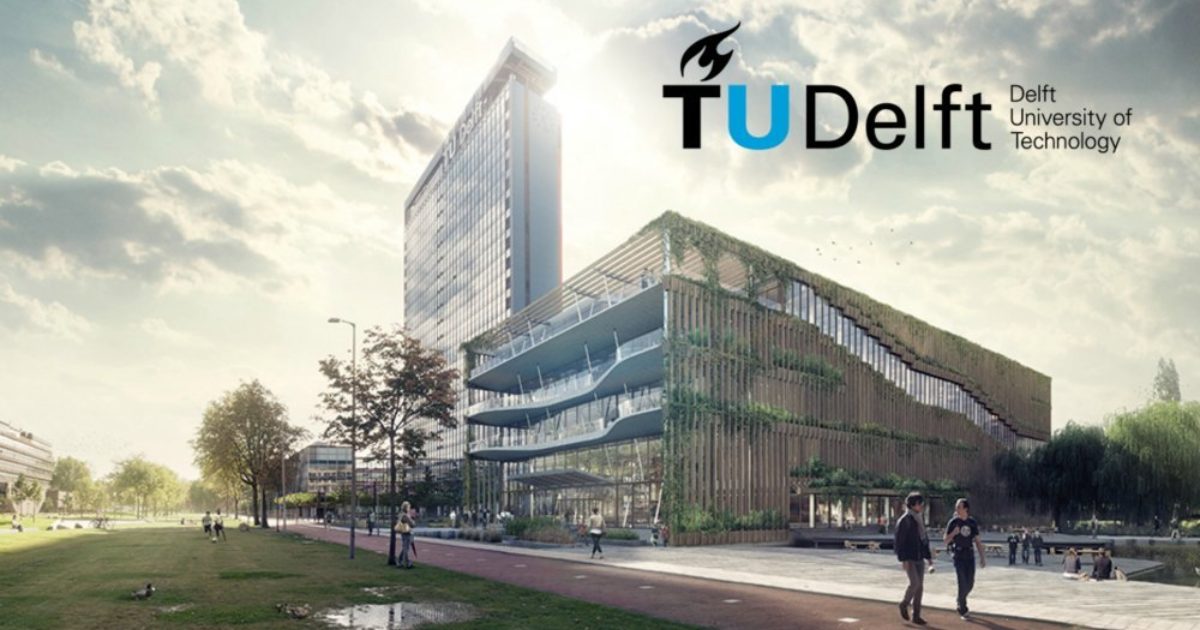Experts carve four designs for earthquake-resistant shelters for Turkey and Syria
Modular homes that can be quickly adapted to a family situation, cleverly reusing rubble as building material for temporary housing, setting up emergency shelters in tent camps in such a way that communities can still be together. With such housing solutions and designs came 50 students from TU Delft after an education week on earthquake-resistant building and architecture after humanitarian disasters. The best ideas will be further developed into a 1:1 prototype of an earthquake-resistant temporary shelter for subsequent deployment in Turkey and Syria.
After the earthquakes in Turkey and Syria, thousands of affected residents of Turkey and Syria are still bivouacked in the icy outdoors. Many have no home or no longer trust their homes. On the initiative of student Meriç Kessaf, who herself lost family members in the region, a team of students and lecturers at Faculty of Architecture decided to use their expertise to rebuild the region. In a 5-day workshop, 50 TU Delft students immersed themselves in earthquake-resistant construction and architecture in humanitarian disasters. In the end, they worked in groups to design quick medium-term housing solutions for the many homeless victims.
Eartquake-resistant, reuse, communal
The designs must, of course, be able to withstand new quakes or aftershocks, be built quickly by local people themselves with materials already on hand, and be easy to disassemble. The groups didn’t just consider safe and quick shelter. Roads and bridges are impassable, making the supply of new building materials difficult. People have no income and there is hardly any running water or electricity. So in their design, the Delft students also looked at how jobs can be created, how communities can be involved in the construction of these temporary homes, how urban debris can be reused or put to other uses, and how to help people regain confidence in a structure now that many prefer to sleep cold but safe outdoors.
A life-size prototype
After the workshop week, the best aspects of all the designs will be further developed by the student team behind this initiative into a 1:1 prototype of an earthquake-resistant home that can be physically tested. This design will then be realized in locations in Turkey and Syria where it is now desperately needed. There is already contact with several organizations on the ground and many companies have offered their help in the realization.

